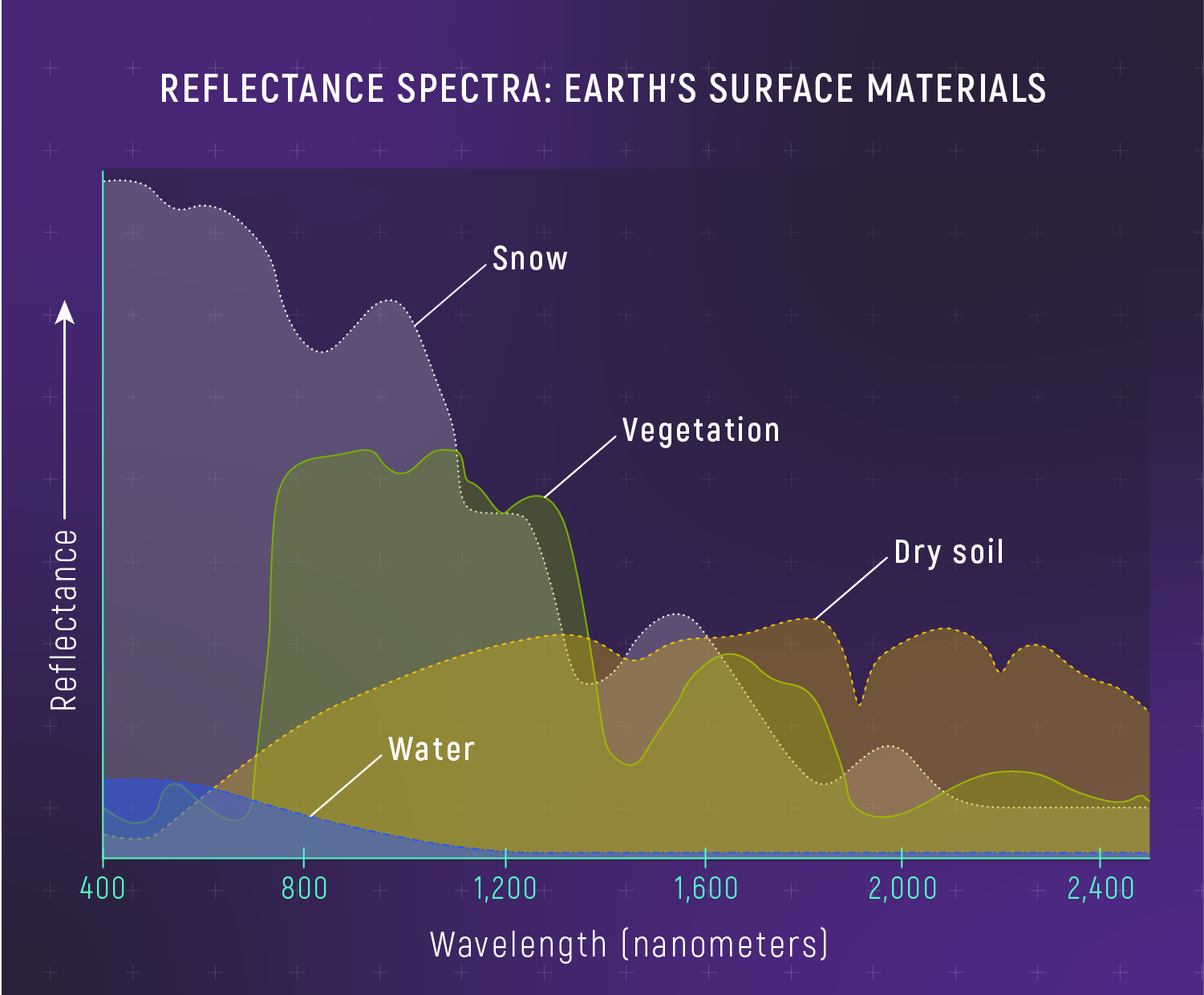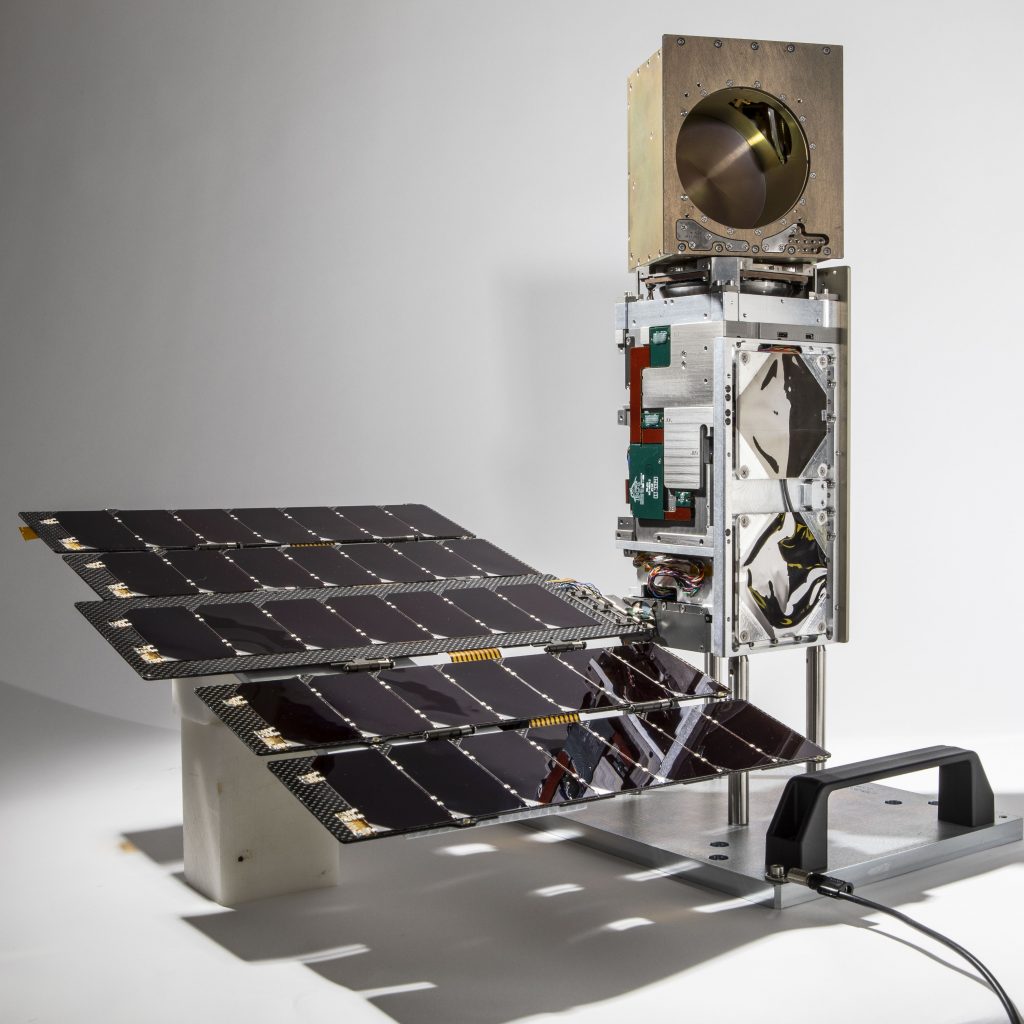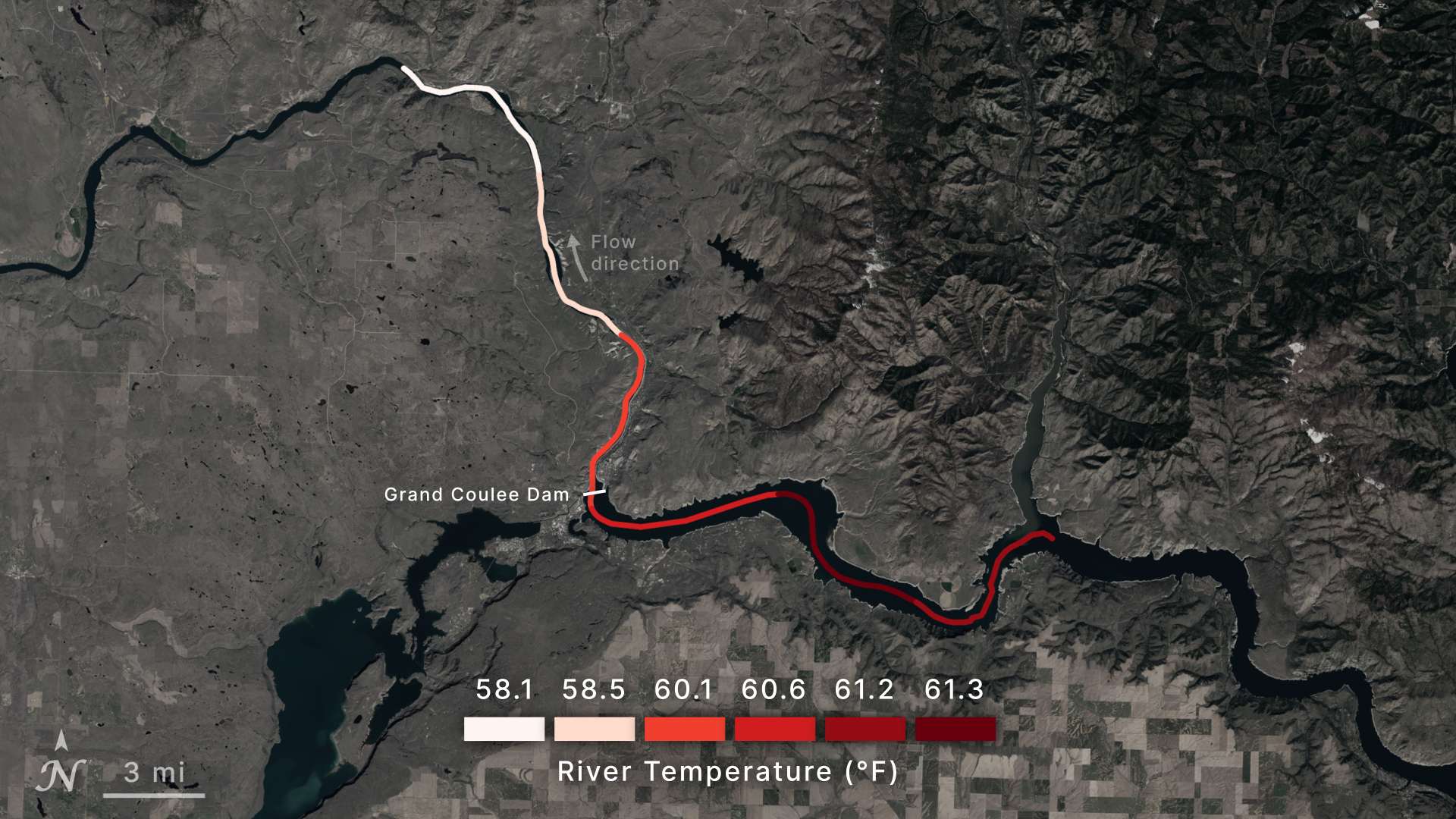Mission
To advance scientific understanding of Earth’s interconnected systems by integrating NASA’s satellite, airborne, surface, and partner datasets; developing predictive models and data analysis tools; and disseminating peer-reviewed discoveries, tools, and insights to improve societal outcomes.
Overview
NASA’s Earth System Science Research Program (ESSRP), formerly known as the Research & Analysis (R&A) Program, advances Earth system science by enabling the use of satellite, airborne, and ground-based observations, along with modeling approaches, to improve understanding of Earth processes. In collaboration with domestic and international partners, ESSRP ensures that findings inform NASA missions, are published in peer-reviewed literature, and are shared with the broader scientific community and public.
ESSRP supports research pertaining to five Earth science spheres: Atmosphere, Biosphere, Cryosphere, Geosphere, and Hydrosphere. Details on the key research questions, relevant satellite and airborne missions, satellite calibration and validation efforts, research opportunities, research programs, and upcoming meetings and events corresponding to each science sphere can be found below.
Science Spheres

Biosphere
Biosphere provides foundational knowledge on interactions between and within terrestrial and aquatic ecosystems, along with changes in their biogeochemistry and biodiversity. The goal is to further understand the Earth system in which both human-induced and natural changes influence productivity and the availability of natural resources.

Cryosphere
Cryosphere investigates polar ice, including the Antarctic and Greenland ice sheets, polar glaciers, and sea ice in the Arctic and Southern Oceans, with a focus on satellite and airborne observations. Cryosphere also seeks to improve our understanding of processes, advance prediction, and link the cryosphere to the Earth system.

Geosphere
Geosphere studies processes and changes in the Earth’s core, mantle, and crust along with surface topography and geology, and the hazards they generate. Geosphere relies on essential measurements including gravity, GNSS, InSAR, lidar, stereo optical, and hyperspectral observations. Geosphere also contributes to geodesy and geodynamics research along with cross-Sphere research.
The table below shows which Sphere each previous science program now resides. This list is non-exhaustive of all current research areas. Please refer to the Sphere pages for more information.
| Previous Research Program | Current Sphere or Enabling Capabilities |
| Atmospheric Composition Modeling and Analysis Program | Atmosphere |
| Atmospheric Dynamics | Atmosphere |
| Radiation Sciences | Atmosphere |
| Tropospheric Composition | Atmosphere |
| Upper Atmosphere Research | Atmosphere |
| Biological Diversity Research | Biosphere |
| Land-Cover and Land-Use Change | Biosphere |
| Ocean Biology and Biogeochemistry | Biosphere |
| Terrestrial Ecology | Biosphere |
| Cryospheric Sciences | Cryosphere |
| Earth Surface and Interior | Geosphere |
| Physical Oceanography | Hydrosphere |
| Precipitation Science | Hydrosphere |
| Terrestrial Hydrology | Hydrosphere |
| Water and Energy Cycle | Hydrosphere |
| Interdisciplinary Science | Embedded in all Spheres |
| Airborne Science Program | Enabling Capabilities: Airborne Science Program |
| Early Career Research | Enabling Capabilities: Early Career Research |
| GLOBE | Enabling Capabilities: Ground Networks, Calibration Labs, and Crowdsourcing |
| Modeling, Analysis, and Prediction | Enabling Capabilities: Integrated Earth System Modeling |
| Scientific Computing | Enabling Capabilities: Integrated Earth System Modeling |
Research Leadership
 |  |
| Dr. Barry Lefer | Dr. Michelle Hawkins |
| Associate Director for Research (Acting), NASA ESD at Headquarters | Deputy Associate Director for Research (Acting), NASA ESD at Headquarters |
Earth satellite imagery normalization
This study greatly enhances the scientific value of commercial very-high-resolution imagery for Earth System Science. By producing radiometrically consistent time-series data, the method allows researchers to more accurately detect land-surface changes, monitor ecosystems, evaluate agricultural dynamics, and assess environmental disturbances.
View the full publication
Research News
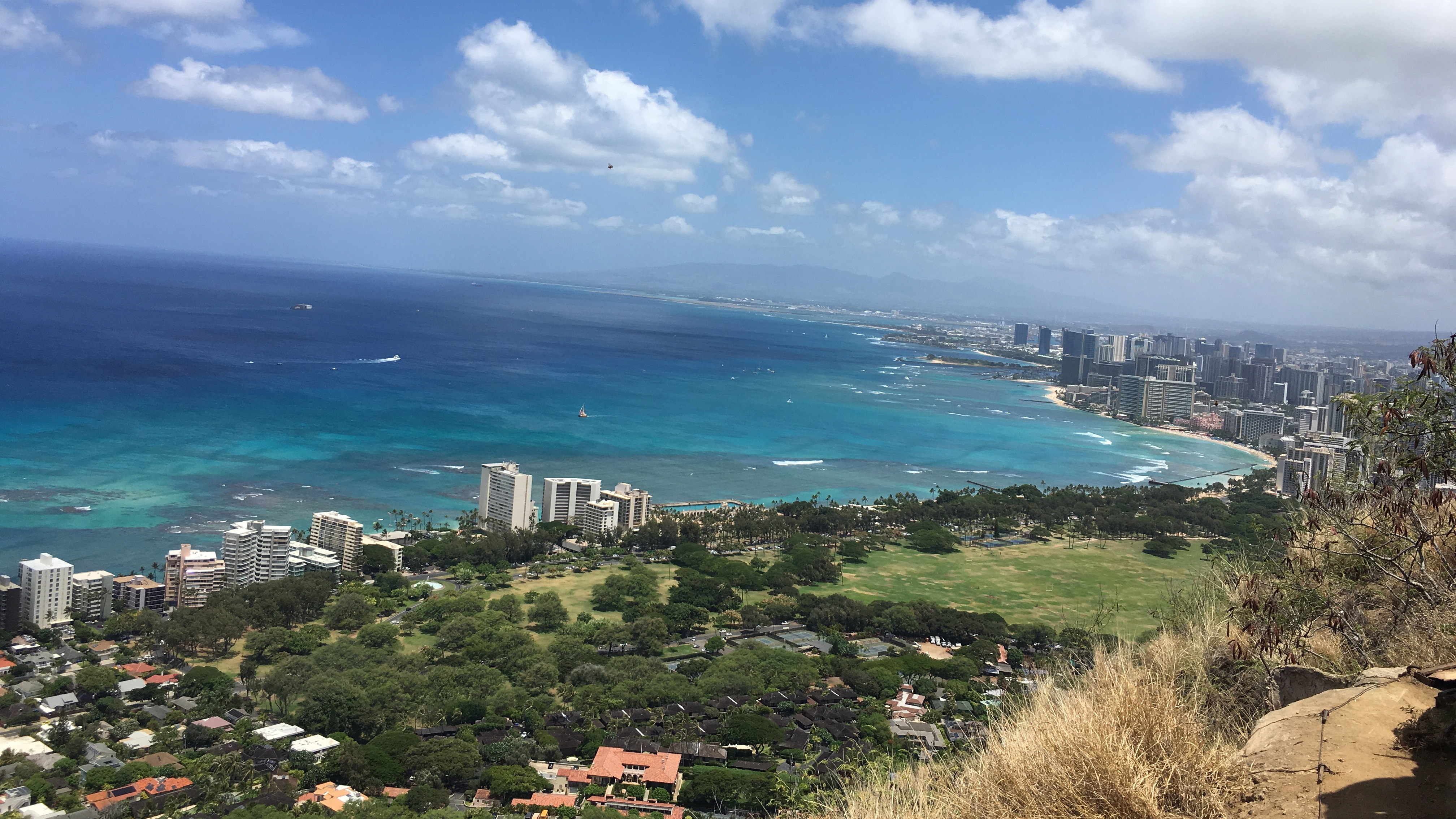
NASA’s GUARDIAN Tsunami Detection Tech Catches Wave in Real Time

New US-European Sea Level Satellite Will Help Safeguard Ships at Sea

Summary of the 11th ABoVE Science Team Meeting

NASA Scientists Map Plant Productivity with Data from Ocean Satellite
Earth Observatory Image of the Day
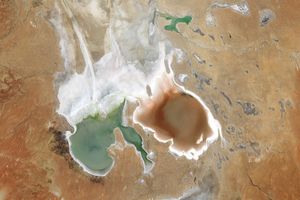
Rounding out a remarkable year, the outback lake displayed distinct green and reddish water in its two main bays.

The Large Magellanic Cloud—one of our closest neighboring galaxies—is a hotbed of star formation that is visible to both astronauts…

Winds, waves, and ice near a remote town on the Chukchi Peninsula have sculpted a series of coastal inshore lagoons…





























